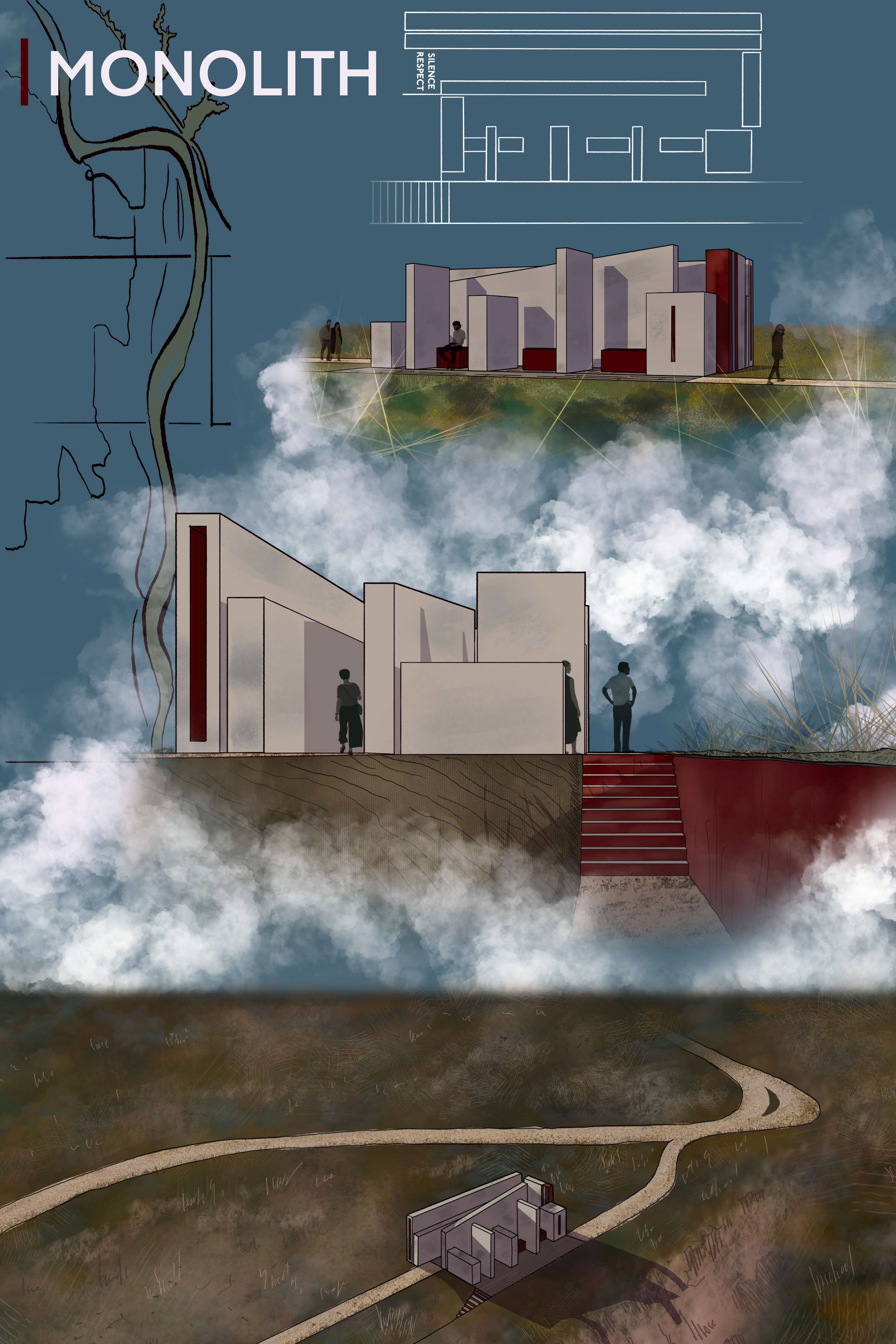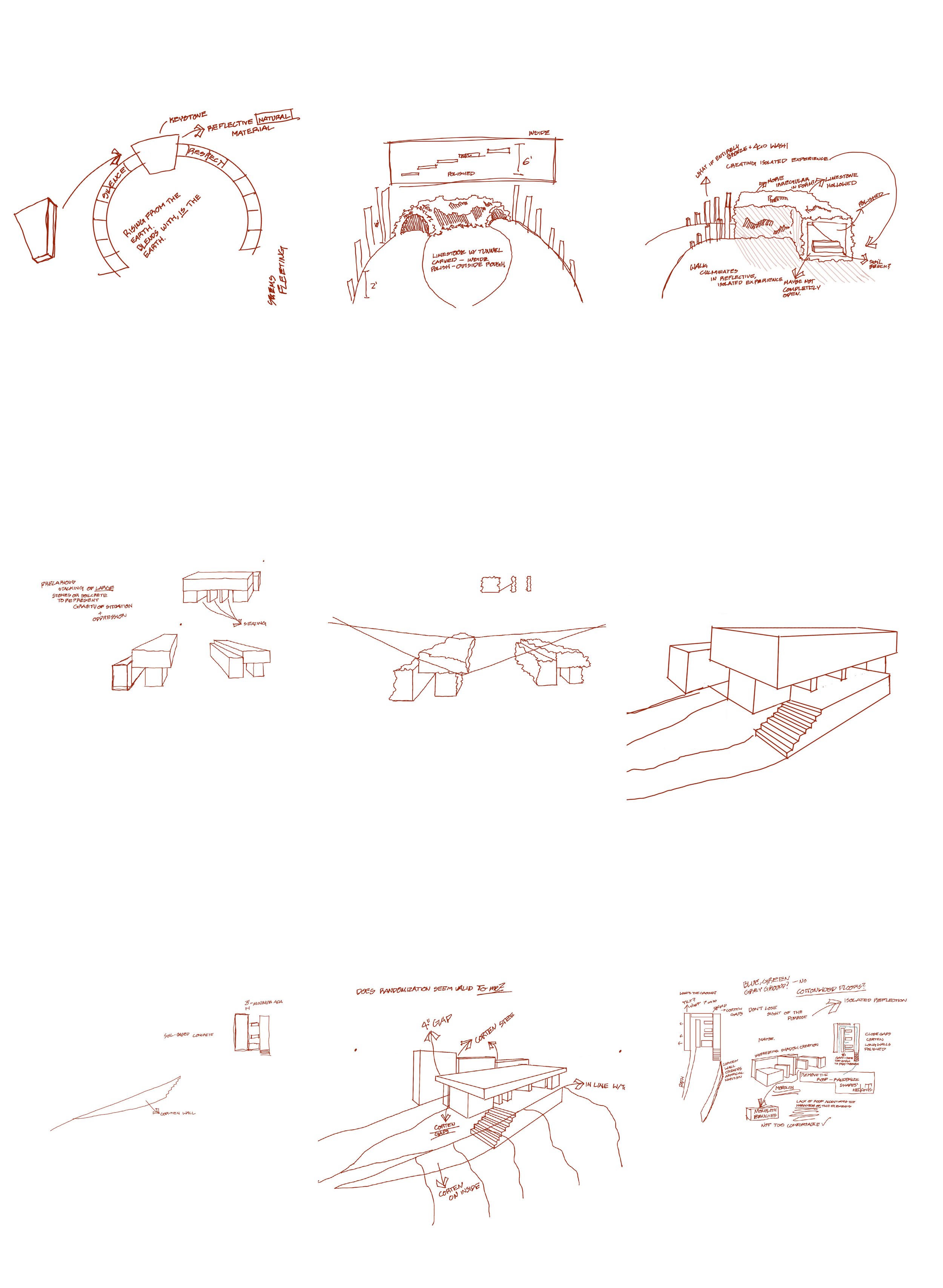Sand Creek Massacre Memorial
The Event
The Sand Creek Massacre occurred on November 29, 1864, when U.S. soldiers attacked a peaceful camp of Cheyenne and Arapaho people in southeastern Colorado. Despite signals of surrender, the troops killed around 230 Native Americans, most of them women, children, and the elderly. The massacre remains one of the most tragic and shameful events in American history, symbolizing the violence and injustice faced by Indigenous peoples during westward expansion.
The Memorial
Emerging from the earth, the memorial’s soil-based concrete structure feels both grounded and otherworldly—immense yet unassuming, foreign yet inseparable from its surroundings. Its monolithic presence bears the emotional weight of the tragedy it commemorates, offering a space for solemn reflection.
At the entrance, oxidized copper—once brown, now a weathered turquoise—frames the threshold where the words “Silence and Respect” greet each visitor. As one moves deeper into the space, a growing sense of compression and exposure sets in, the monument’s mass pressing inward, responding to the pace of each step. At the heart of the memorial, the understated palette gives way to the raw intensity of Corten steel—its once-lustrous surface now dulled by rust and time. This deep, blood-red material is dramatically intersected by a turquoise band of aged copper, symbolizing resilience and the possibility of healing. Around the final bend, four seating areas emerge—quiet corners where one might sit in stillness, humility, and reverence, embraced by the vastness of the surrounding landscape.

